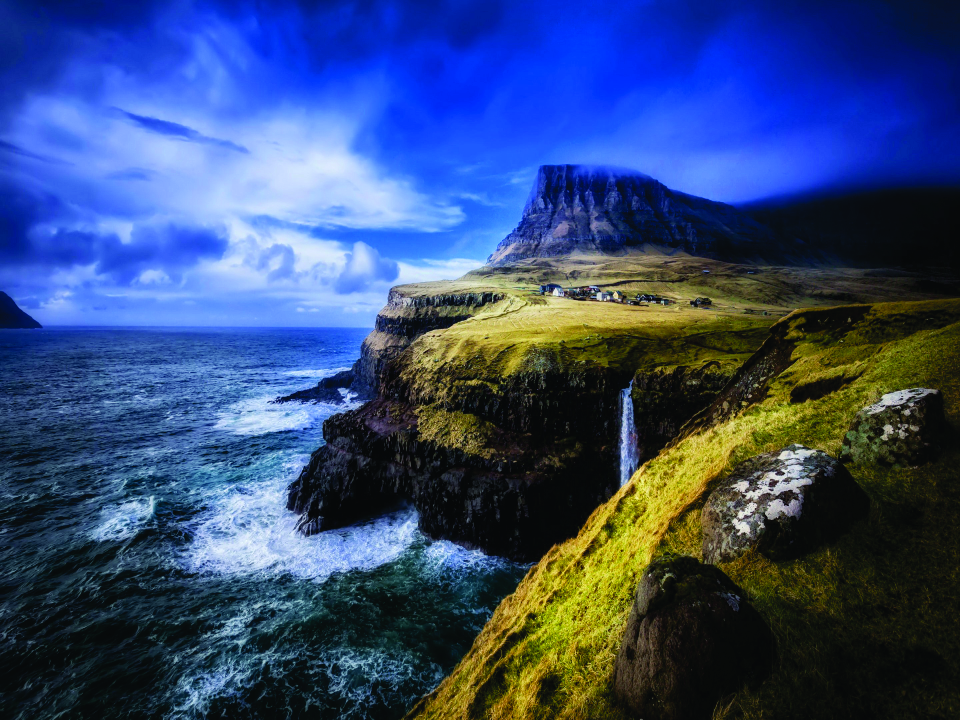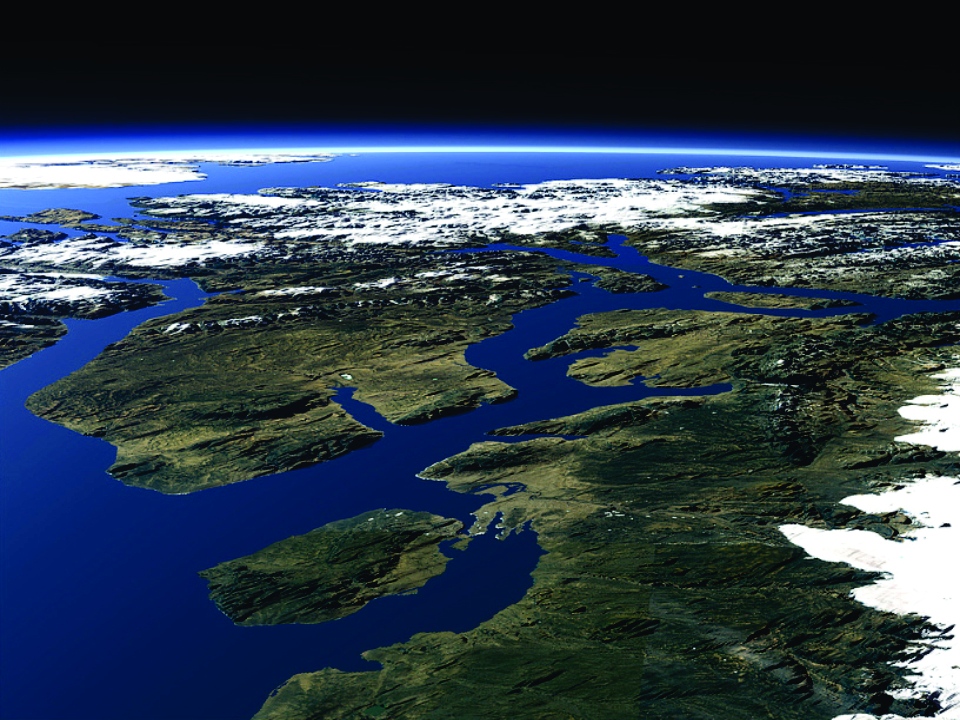GeoArctic's deformable plate models provide the foundation for the
Global Tectonics Project.
Developing the first global palinspastic deformable plate model.

The North Atlantic study covers the conjugate margins of Newfoundland-Ireland and East Greenland-Europe and sheds light on the deep water hyperextended basins around the margins

The Baffin-Labrador-West Greenland study provides new insights into the complex interaction between rifting, strike-slip fault zones, and Cenozoic compression.

The Circum-Arctic study is based on years of work in the area, reinterpretation of all relevant public domain data, and new gravity and structural modeling.

The Central Atlantic study covers the conjugate margins of Newfoundland-Iberia, Nova Scotia-Morocco, and the US Eastern Seaboard-Northwest and West Africa.
Our models quantify and accommodate the amount and direction of crustal stretching and shortening for key tectonic events at convergent, extensional and transform margins using a proprietary palinspastic deformable-margin plate reconstruction software and method.

Exploration on deep-water continental margins brings increased awareness of the importance of plate kinematic modelling and deformable plate tectonic reconstructions as exploration tools. Rigid plate kinematic models do not adequately model the complex multiphase breakup history of the North and Central Atlantic and Arctic Oceans.
As continental crust is extended on rifted margins prior to breakup, there is plate overlap along these margins when plates are reconstructed using rigid plate kinematic models alone. Shortening of the crust takes place on convergent margins resulting in underfit when the plates are reconstructed.
The accurate reconstruction and restoration of plate margins required a new approach to plate kinematics and a new generation of plate reconstruction software.